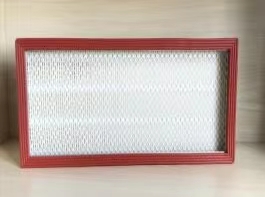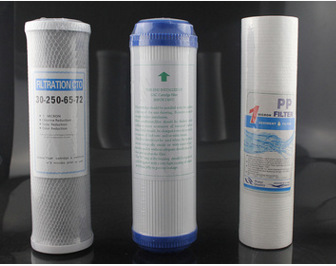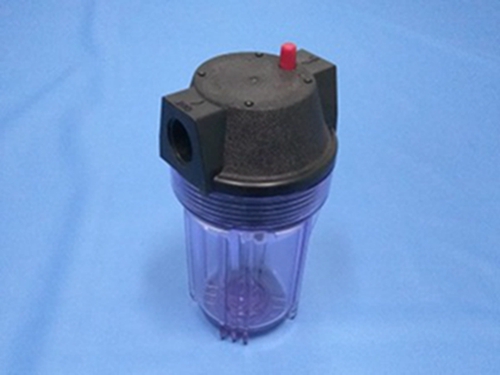The stainless steel filter element has uniform external filtration performance. The main filter material adopts multi-layer stainless steel sintered mesh, with a filtration accuracy of 0.5-200um, and its shape and size can be processed according to user requirements.
performance
Possess various different porosity (28%-50%), pore size (4u-160u) and filter precision (0.2um-100um), the cavities of the cavities are intertwined, high temperature resistance, rapid cold and heat resistance. Corrosion resistance. It is suitable for a variety of acids, alkalis and other corrosive media. The melt blown filter element can withstand general acid, alkali and organic corrosion. It is especially suitable for sulfur-containing gas filtration. High strength and good toughness. It is suitable for low pressure. Can be welded, easy to load and unload. The hole shape is stable, the distribution is even, and the tube filtration performance is stable. The regeneration performance is good. The filtration performance can be restored by more than 90% after repeated washing and regeneration.
important features
1. Good filtration performance, uniform external filtration performance for 2-200um filtration particle size;
2. Good corrosion resistance, heat resistance, pressure resistance and abrasion resistance; it can be washed repeatedly and has a long service life.
3, stainless steel filter element has average and accurate filtration accuracy;
4, the flow rate of the stainless steel filter element unit area is large;
5. The stainless steel filter element is practical for high temperature and high temperature conditions; it can be reused after washing, no need to change.
Utilization scale
Kerosene chemical industry, oil field pipeline filtration; fuel oil filtration equipment, engineering machinery equipment; water treatment industry equipment filtration; pharmaceutical and food processing fields; can also be used for chemical liquid filtration. It is practically used in the pre-treatment and post-treatment systems in the electronics, kerosene, chemical, pharmaceutical, food and other industrial sectors. Further pollute the water quality with low suspended impurities (less than 2~5mg/L).







